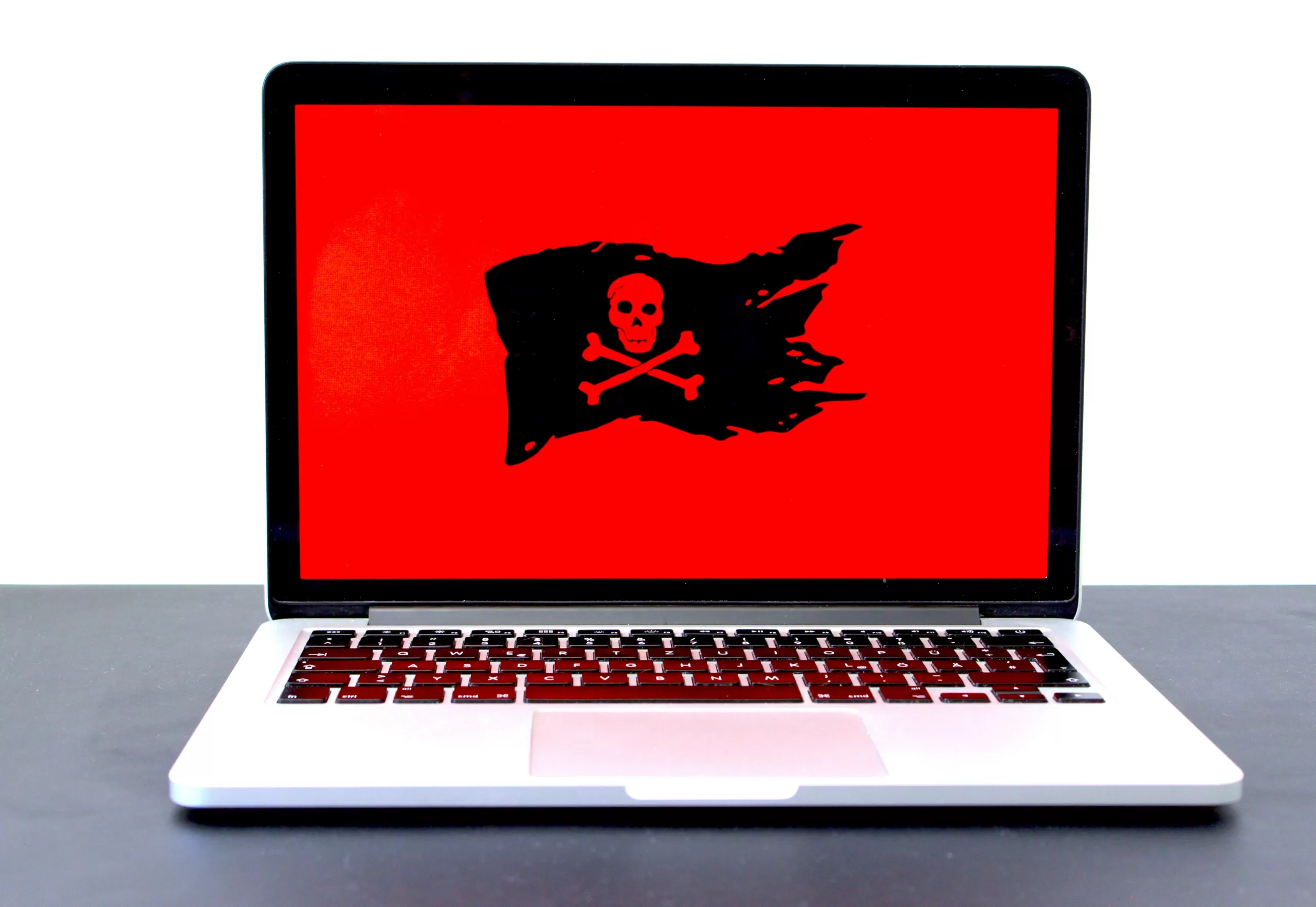Malware is sneaky software that can mess up your computer or phone. It can slow things down, steal your info, and even lock your files! But don’t worry—we’ve got you covered. Here’s how to spot malware and keep your devices safe.
What is Malware?
Malware stands for “malicious software.” It’s a program designed to harm your device or data. Hackers create malware to cause chaos, steal information, or demand money.
There are different types of malware, and each one is bad news.
- Viruses: Viruses spread from device to device, corrupting files and making your computer crawl at a snail’s pace.
- Trojans: Trojans pretend to be useful programs, but they’re just waiting to steal your info once you let them in.
- Ransomware: Ransomware locks your files and demands a ransom to get them back. And even if you pay, there’s no guarantee you’ll get them unlocked!
How Does Malware Get on Your Device?
Malware can sneak in through different ways, so stay alert!
- Downloading Sketchy Files: Downloading something from an untrustworthy source? It might come bundled with malware.
- Visiting Dangerous Websites: Some websites secretly install malware when you visit them—especially those offering “free” stuff that seems too good to be true.
- Clicking on Suspicious Emails: Phishing emails often have infected links or attachments. If you don’t know the sender, don’t open it!
How to Spot Hidden Malware
Malware can be tricky to detect, but here are some warning signs:
- Sluggish Performance: If your device is suddenly running super slow, malware might be eating up its resources.
- Weird Pop-ups: Seeing random pop-ups? That’s a red flag—especially if they tell you to “download” something to fix your computer.
- High Data Usage: If your internet bill is higher than usual or your connection is slower, malware might be secretly using your data.
How to Check for Malware
Worried your device might be infected? Here’s what you can do:
- Run an Antivirus Scan: A good antivirus program can detect and remove malware. Run a full scan regularly.
- Review Your Apps: Go through your installed apps. If you see something unfamiliar, delete it!
- Check Task Manager: On your computer, open Task Manager and look for programs using up a lot of CPU or memory. If something seems off, investigate it.
- Inspect Your Browser: Check your browser extensions. Remove anything suspicious or that you don’t remember installing.
What to Do If You Have Malware
Found malware? Don’t panic—just follow these steps:
- Run a Full Scan: Use your antivirus to clean out any infections.
- Update Your Software: Make sure your operating system and apps are up to date. Updates fix security holes hackers love to exploit.
- Change Your Passwords: If malware stole your info, change your passwords immediately.
- Backup Your Files: Save your important files somewhere safe—like a cloud service or external hard drive—so you don’t lose them.
How to Avoid Malware in the First Place
It’s easier to prevent malware than to fix it. Here’s how:
- Keep Everything Updated: Always install the latest updates for your system and apps.
- Think Before You Click: Avoid clicking suspicious links or downloading unknown files.
- Use Strong Passwords: Make passwords long and unique for each account. A password manager can help!
- Get Good Antivirus Software: A strong antivirus program can catch threats before they cause problems.
Stay Safe Online!
Malware is everywhere, but you don’t have to be a victim. Stay cautious, use good security habits, and protect your devices. Need help with malware or cybersecurity? Reach out today—we’re happy to help!
Article used with permission from The Technology Press.


Comments are closed